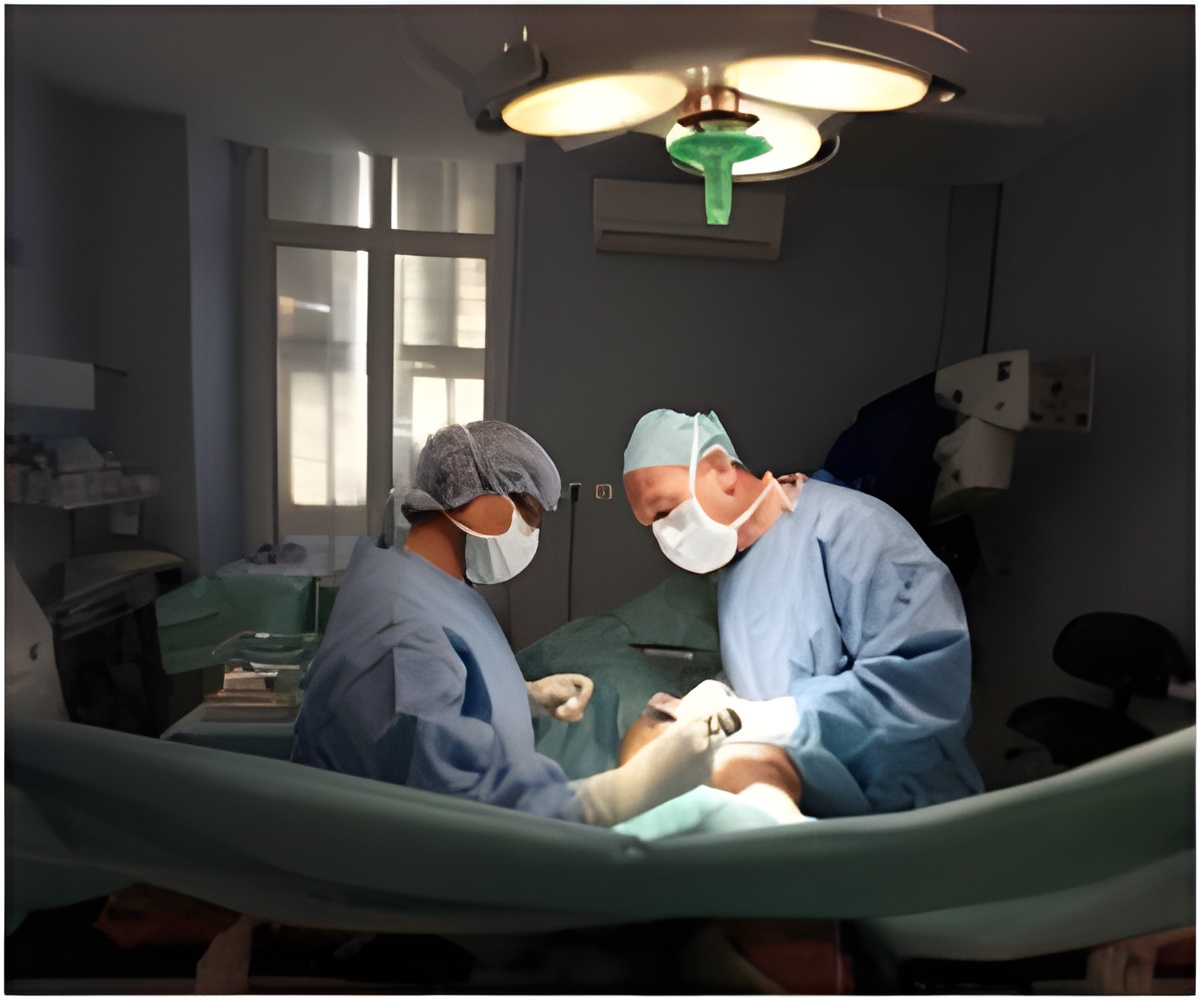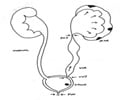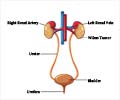
Dr. Ghani says data was mined from the Nationwide Inpatient Sample (NIS), which includes inpatient discharge information from 1,044 U.S. hospitals. Between October 2008 – when the NIS first included an identifier for robot-assisted procedures – and December 2010, the researchers found a total of 38,064 patients who underwent OPN, LPN or RPN to treat kidney cancers that had not metastasized. Of the total, nearly 70 percent had open surgery, nearly 24 percent had robot-assisted surgery and a little more than 9 percent were treated laparoscopically. Researchers also noted that while all three forms of kidney surgery had increased in 2010, robot-assisted partial nephrectomy soared by more than 45 percent, far overshadowing the other two types.
Complications were tracked during and after each procedure. The Henry Ford team found:
- Patients undergoing RPN were least likely to receive a blood transfusion, while those who had open surgery were most likely to need one.
- The same was true for developing complications after surgery or requiring a prolonged hospital stay.
- Only those undergoing RPN were less likely to develop complications during surgery.
Source-Eurekalert













